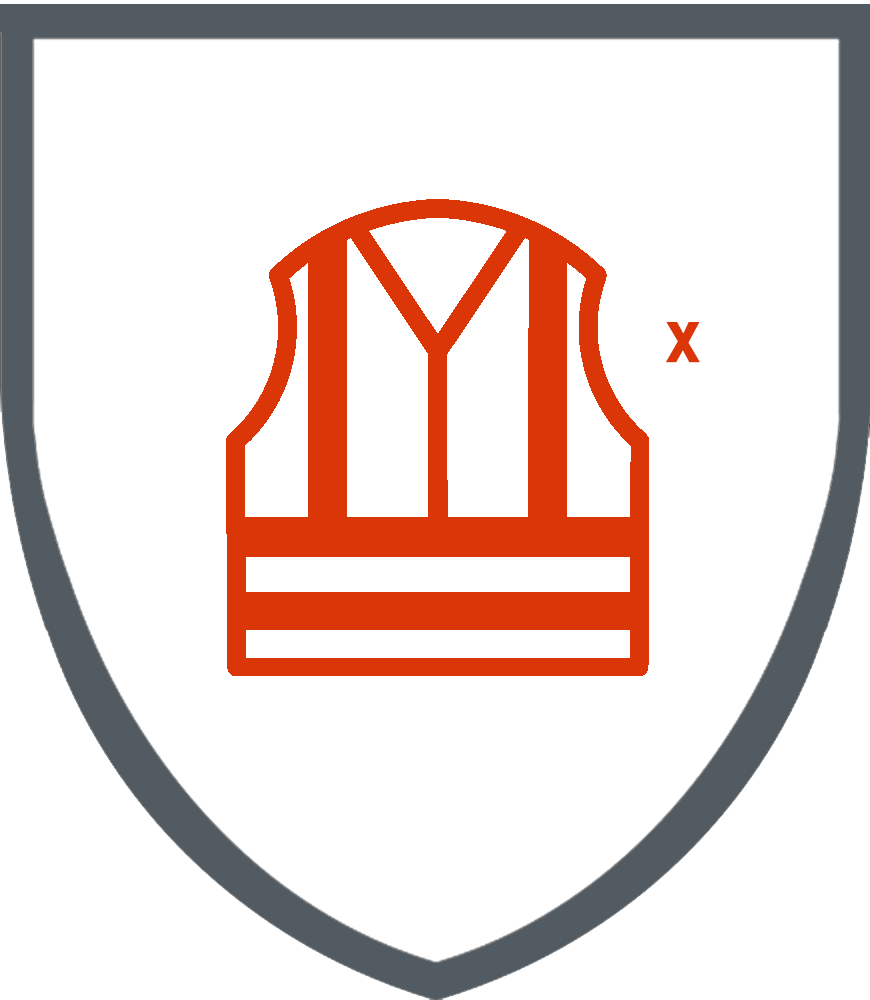-
CATALOGS
KEY ACCOUNTS
-
-
Click for more products.
No products were found.

Category 2 PPE: significant risks.
This standard specifies the requirements that high-visibility clothing must meet in order to visually signal the presence of the wearer.
High-visibility clothing is designed to make the wearer visible to drivers of vehicles or other mechanical equipment in all lighting conditions, day and night, in the light of vehicle headlights.
For this PPE, certain design requirements regarding the placement of materials must be respect:
In the EN ISO 20471 standard, there are three classes of high-visibility clothing:
The class of the garment is determined according to two criteria:
Each class has minimum areas of fluorescent and retroreflective material that must be complied with – known as visible material (areas measured on the smallest size):
| Class 1 | Class 2 | Class 3 | |
Minimum surface area of fluorescent material | 0.14m² | 0.50m² | 0.80m² |
Minimum surface area of retroreflective material | 0.10m² | 0.13m² | 0.20m² |
At least 50% (+ or – 10%) of the fluorescent surface must be at the front of the garment.
PLEASE NOTE: These minimum requirements for visible surface areas in order to obtain a garment class must not be reduced or compromised by the presence of a logo, lettering, label, etc.
Please contact Molinel for information on the available surface areas of garments.
The colour used in contrast to the fluorescent fabric must also meet a requirement. It must have been tested in accordance with standard EN ISO 20471: contrast fabric. This test checks for colour bleeding from the contrast colour and proves that it will not migrate onto the fluorescent fabric and therefore will not impair visibility performance.
As a result, this performance is tested by colour. On the same fabric, one colour may have passed the test successfully and another may not. Therefore, not all colours of the same fabric can necessarily be used with this EN ISO 20471 standard.
CATALOGS
KEY ACCOUNTS
Please sign in first.
Sign in
Create a free account to save loved items.
Sign in